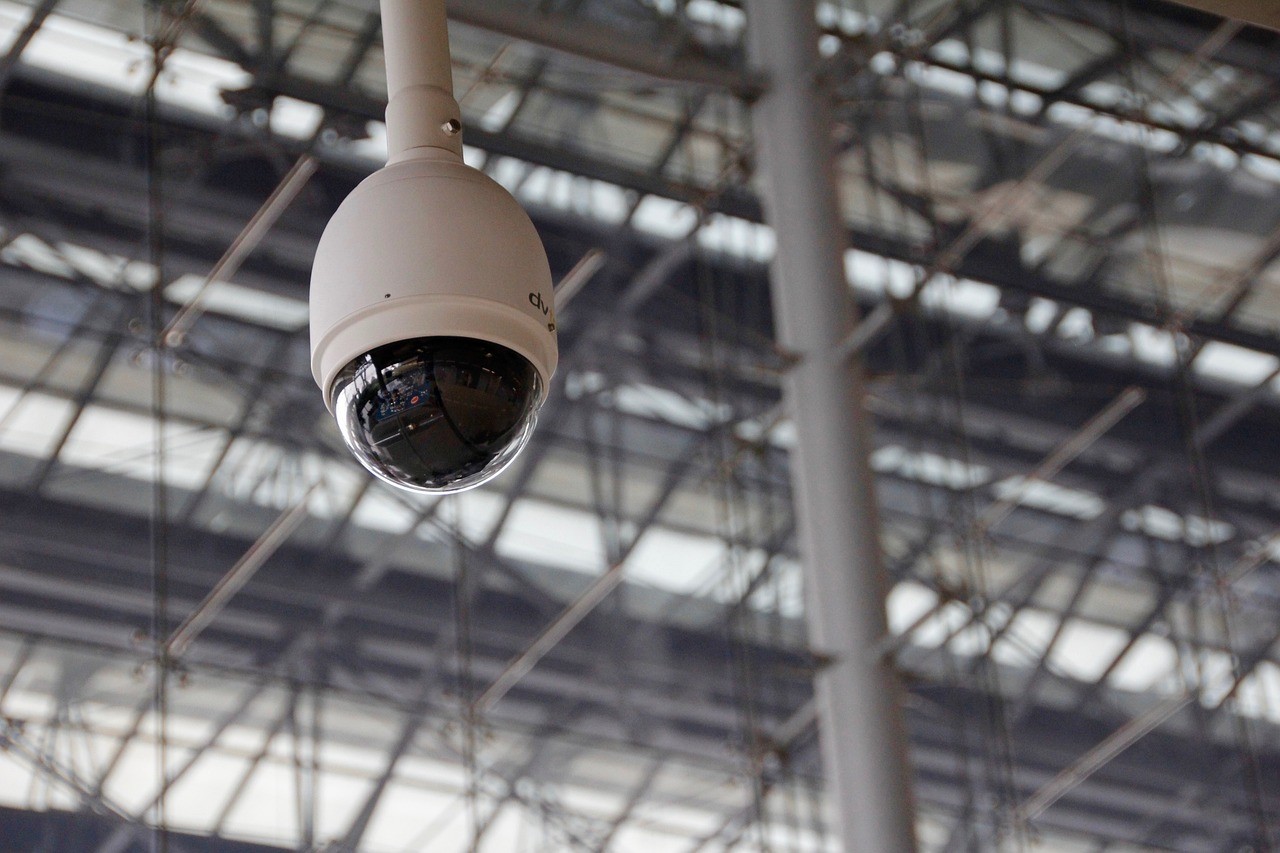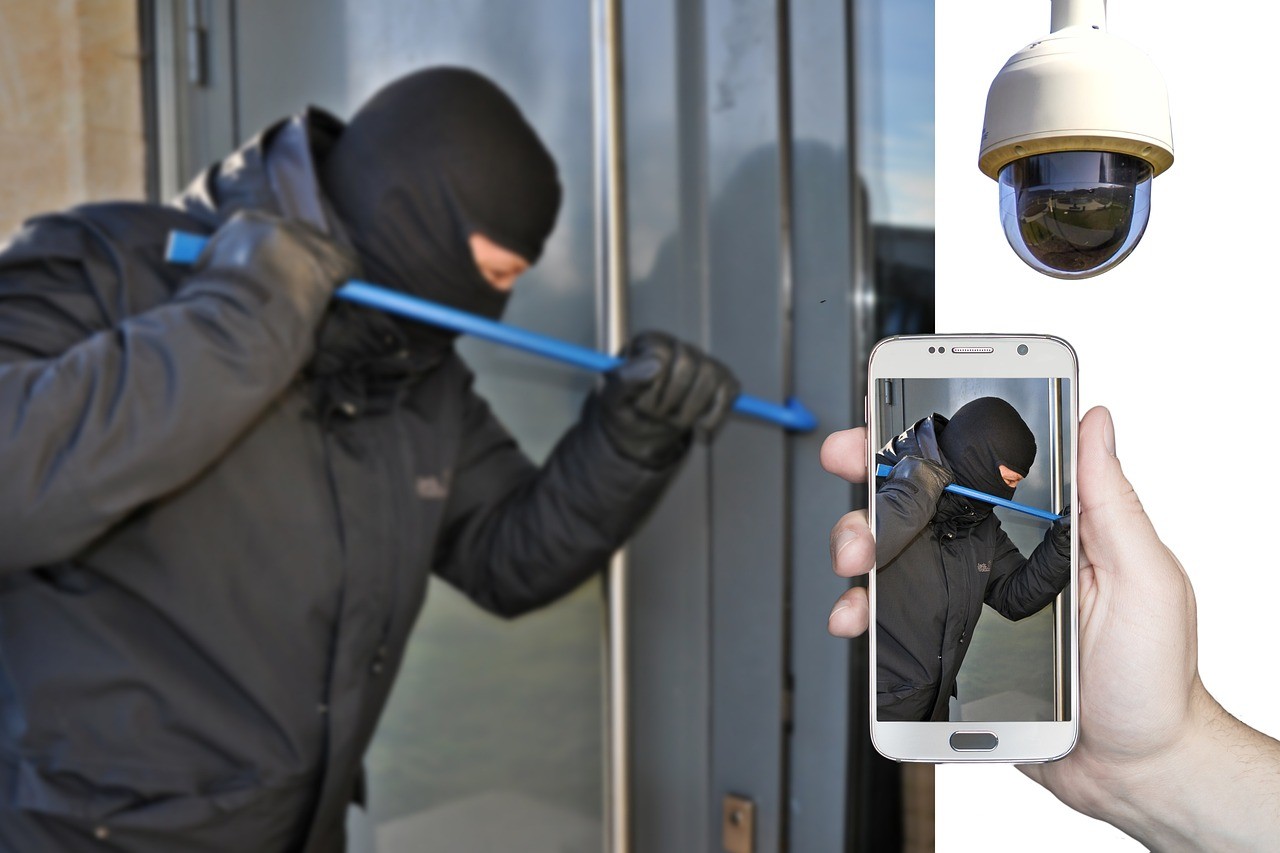Radar detectors come with all kinds of different features, but they all work the same way. So how do radar detectors work? It’s interesting. Let’s find out.
What Is A Radar Detector?
Generally speaking, radar detectors are electronic devices that react to certain frequencies of radio waves. They have a wide range of applications, from military to industrial.
A police radar detector is a device that detects and alerts you to the presence of radar speed traps on the road.
They are relatively small gadgets that run on DC power. Some plug into a vehicle’s cigarette lighter and others run on AAA or AA batteries.
Police radar detectors are specifically designed to pick up on the frequencies that are commonly used by police radar guns. These frequencies fall into four ranges, called bands: X, K, Ka, and Ku. K and Ka are the most commonly used in the United States. The Ku band is often used in the rest of the world. X-band radar isn’t used very often anywhere anymore, at least not in speed traps.
Some police agencies use LIDAR to catch speeders. LIDAR guns shoot lasers at the target car instead of radio frequencies to measure speed. Regular radar detectors can’t pick up on laser emissions, but there are many police radar detectors on the market that can. You have to be careful when shopping. Make sure the radar detector you buy can recognize all of the police radar technology used in your country.
How Does a Radar Detector Work?
Let’s get our geek on and learn all about speed radar detectors and how they work.
There’s a detailed explanation of how police radar guns work below. Now we’ll look at how radar detectors work.
They constantly scan for certain frequencies of radio signals, just like a car radio does in “scan” mode. Of course, the frequencies they look for are the ones that the cops use to measure a car’s speed.
When it picks up on one of these signals, it alerts the driver with a light, an audible alarm, or both.
Radar detectors that can pick up on laser emissions work the same way. It’s just like the sensor on your television that receives signals from your remote control. When it detects light emissions within certain frequencies, it raises the flag to let you know that there may be a LIDAR speed trap nearby.
Are Police Radar Detectors Effective?
The police know all about radar detectors, and they don’t like them. So they have some sophisticated equipment and techniques to try to get around radar detectors.
This is why there are different police radar bands.
X-band Radar
X-band was used first. But X-band radar frequencies spread out a lot. That means that detectors can pick them up from really far away.
K and Ka bands
The K and Ka bands don’t spread as much, so a detector has to be closer to pick them up. That means a speeding driver will not have as much warning of a speed trap.
Laser Radar
When laser radar technology first came onto the scene, there was no way to detect it. It took a while for the police radar detector tech to catch up. But it’s hard to detect even today. Laser beams are very narrow. Detectors have to pick up on the stray photons of light that escape the main laser beam.
The Trick that Police Officer
There’s a trick that cops use to try to fool radar detectors. You see, police radar detectors are usually on and constantly transmitting a radio frequency.
The police officer will watch the readout on the radar gun and wait for a reading that is above the posted speed limit.
But some officers only turn their radar guns on when a car comes into its range. Then there is no warning. All of a sudden, the detector is hit with one of the frequencies that it’s looking for.
But it’s too late then. By the time you realize you’ve been hit, the cop has already measured your speed.
So how do you top this trick?
You have to pay attention. Radar detectors tell you the strength of the signals they detect. Some will beep slowly for weak signals and quickly for strong ones. Some have several LED lights, and more lights illuminated means a stronger signal.
Now, if you notice intermittent alarms that are low in strength, it probably means that an officer is targeting specific cars ahead. The strength of alerts will get stronger and stronger until you pass the speed trap. Watch your speed until you don’t get any alerts for a few miles.
Some of the more expensive radar detectors actually trick the police radar gun. These advanced detectors don’t just have a radio receiver, but they have a transmitter as well.
Here’s how it works.
When the radar detector picks up a signal, it alerts you to it. But at the same time, it transmits a signal of the same frequency. When the police radar gun gets the signal transmitted to you back, it also gets the one that the detector sent.
This confuses the radar gun and gives the officer an error message. Without an actual speed reading, the cop has no way of knowing how fast you are going. And he’ll have no radar evidence to show in court. Some LIDAR detectors also have this frequency jamming technology.
Are Police Radar Detectors Legal?
Some countries, provinces, and states ban or restrict radar detectors. You have to check your local laws. In the United States, only Virginia has an outright ban in place. Radar detectors are illegal to use while driving there.
The following states allow radar detectors but ban the use of detectors that jam the police’s radar signals:
- Tennessee
- Oklahoma
- Texas
- Utah
- Virginia
- South Carolina
- Minnesota
- California
- Illinois
- Colorado
Police, especially those in Virginia, have radar detector detectors, or RDDs. They work by sensing the oscillation that radar detectors work on.
Some of the latest radar detectors have oscillation eliminators, which mask the oscillation that RDDs pick up on. Even though these types of radar detectors are invisible to police detection, they are still illegal in Virginia.
How Police Radar Systems Work
Now it’s time to see how police radar guns work. It’s actually quite simple if we avoid the technical jargon. Radar guns have three main systems: transmitters, receivers, and processors.
Transmitters
The transmitter sends out bursts of radio signals of a specific frequency, aimed at traffic. The radio waves bounce off of a vehicle and travel back toward the radar gun.
Receiver
The receiver picks up the radio waves that were bounced off the vehicle. These radio waves are sent in pulses, one after another.
Processor
The processor calculates the distance of the vehicle on the first pulse based on the amount of time it takes for the signal to go from the radar gun to the vehicle and back again. One vehicle can be hit by hundreds of pulses in a single second. Every pulse tells the processor the distance between the radar gun and the vehicle.
The processor calculates the speed of the vehicle by comparing the change in the relative distance of the vehicle over a certain length of time.
Conclusion
“How do radar detectors work?” It’s a smart question that people ask when they go shopping for their first radar detector. And now you know the answer.
If you are in the market for a radar detector, remember that it should detect all of the commonly used radio bands as well as laser radar. Check your local laws before buying to avoid a very costly citation and confiscation of your radar detector.



